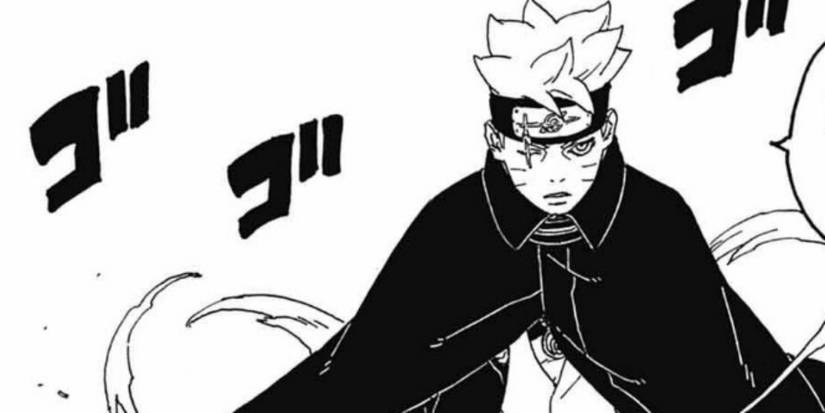The Boruto manga continues to maintain its popularity in recent times, with quality rising significantly, especially since the start of the storyline Boruto: Two Blue Vortex. This resurgence seems to be beneficial for the manga series, as sales have increased recently, marking a positive sign for the future.
Ikemoto, in collaboration with Kishimoto, has created a number of compelling characters in the storyline, keeping readers captivated and eager to follow along. Alongside this, we see the development of several intriguing supporting characters.
When reflecting on Ikemoto’s approach to character creation, the author has explained his thoughts on developing characters throughout the long process of building the story.
Ikemoto’s Approach to Creating Boruto Characters

Ikemoto has developed a series of striking Boruto characters over the years. While the character-building process in storytelling can sometimes be challenging, he has significantly improved this aspect over the years.
Ikemoto often faced difficulties when crafting new characters and frequently referred back to established Naruto characters to add depth to the story. This approach, while not uncommon, allows for a richer narrative and provides background for new characters.
Each character created by him plays an essential role in the narrative, often relying on elements present in the plot at pivotal moments. Many authors develop characters based on existing ones, which can sometimes lead to a more dynamic and engaging story, especially as new scenarios unfold.
For Ikemoto, each new endeavor is distinct. Ultimately, he crafts characters based on what main characters need. This method, though not rare, certainly proves effective. Consequently, these characters challenge the expectations of the audience, adding a unique twist to the storyline as the narrative progresses.
Here are some insights from Ikemoto regarding the process of creating new Boruto characters:
Firstly, regarding the role of the character, the foundation is to create a character based on a need. After that, I ensure to provide depth to their personality. In Ada’s case, she possesses abilities that allow her to transcend dimensions. However, she prioritizes love, creating an intriguing dynamic.
Additionally, there’s the character Hidari. On one hand, he exhibits characteristics reminiscent of Sasuke. However, on another level, he is entirely distinct and unrelated to Sasuke. In essence, he represents the Gap Moe concept.
The underlying message of Gap Moe that Ikemoto aims to convey is simply the uniqueness of a character compared to what fans might expect. Ikemoto has also developed a clear example of this concept. Ada was born with immense powers within the Boruto series. Ultimately, she has the capability to alter anything with her overwhelming strength. Nevertheless, Ada’s lack of romantic interest in life leads her on an independent journey, evoking a sense of longing from fans for a character with strength akin to hers.

In a similar vein, Hidari is a sort of counterpart to Sasuke in his own way. Therefore, fans might wish for Hidari to resemble Sasuke, showcasing a more emotional and intense demeanor. However, Hidari is notably distinct, and fans can clearly see how he differs from the expectations set by Sasuke’s character.





















